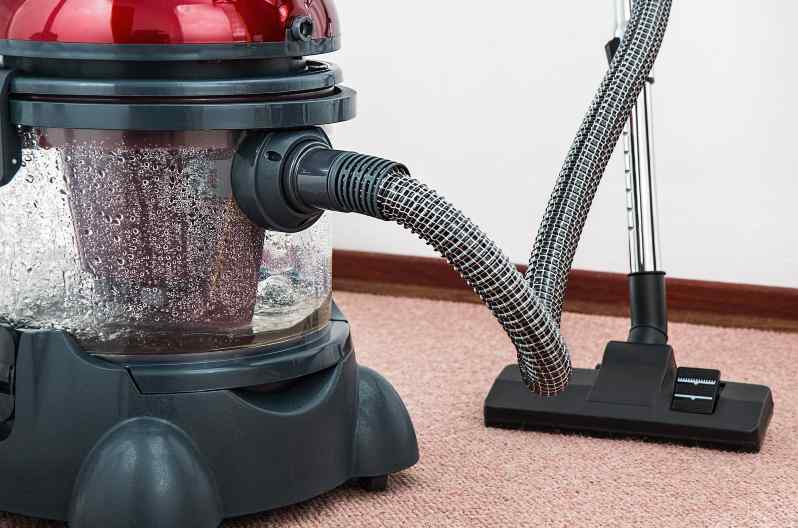Often used for home improvements or home crafting, shop vacs are a common household tool. Also called wet-dry vacuums, they usually have a large storage tank, large-diameter hoses, and can clean up solid debris as well as liquids. For this reason, a frequent question is can you use a shop vac to clean up water damage? The answer is yes, you can absolutely clean up water damage with a shop vac. We look at the best scenarios for cleaning water damage with a wet-day vacuum and cover how to use a shop vac for water damage.
Can You Use a Shop Vac to Clean up Water Damage?
A shop vac is one of the best tools for cleaning up water damage, especially models with a high capacity storage tank. Since most models are either plastic or stainless steel, they are perfect for removing standing water after a flood or other water event.
The long hoses allow you to remove water from corners and other tight spots. Most shop vacs have a powerful enough motor to extract water from carpeting, drywall, and wooden surfaces.
The biggest limitation for using shop vacs to clean up water damage is the storage tank. Most models range from 3 gallons up to 24 gallons or more. Obviously the larger the capacity, the move area you can clean up before needing to empty the shop vac.
When to Use a Shop Vac to Remove Standing Water?
While they are effective at cleaning up water damage, there are limits to how much you can remove with a shop vac. Ideally, use a shop vac to remove standing water for areas less than 10 square feet and when there is less than an inch of water.
Although you can use them for larger or deep areas of water damage, shop vacs are not that efficient at removing water. The longer it takes to remove the water, the greater the overall damage to your property.
Additionally, you run the risk of mold and bacteria developing. With clean water from a supply line, mold can grow in as little as 48 to 72 hours. If the damage is caused by groundwater or sewage, mold is likely after as little as 12 to 24 hours.
How to Use a Shop Vac for Water Damage?
Using a shop vac for water damage is an effective way to remove standing water after a flood or burst water pipe.
Remove Wet Furniture and Personal Items
Furniture and personal items can get in the way of cleanup as well as slow down the water removal process. Dispose of items that are too saturated to save immediately. Move furniture to dry areas or place on top of tarps or thick towels.
Remove Standing Water
Use your shop vac to remove standing water, making sure not to overfill it. During groundwater flooding, avoid dumping water down drains as this can cause a sewage backup. Regardless of the cause, we recommend dumping the water outside and away from your foundation to prevent it from seeping back into your home.
Vacuum Wet Materials
Once most of the standing water is gone, start vacuuming up wet surfaces. Start at the top and move across and down. This ensures that water does not spread to areas you’ve already treated.
Dry the Affected Area
Once you’ve removed as much water with your shop vac as possible, use fans and dehumidifiers to dry out the structure of the room. The faster you dry the room, the more likely you are to limit the damage. However, you may still need to replace some damaged drywall, carpeting, or cabinets.
Clean and Disinfect
After everything is dry, clean and disinfect the damaged room. Use a mild detergent to remove water stains and other dirt. Then use a mixture of bleach and water to disinfect the area. Be careful when using bleach, as it may stain fabrics and carpeting.
Rebuild as Necessary
Even with proper water removal, you may still need to remove and replace some building materials. Drywall and carpeting are the most likely to need replacing, but cabinets and woodworking are also potentials.
If cleaning up water damage with your shop vac is too overwhelming, let Restoration Local help. We offer 24-hour water damage restoration services. Call 888-443-3110 for a free in-home estimate on water removal and repair.





